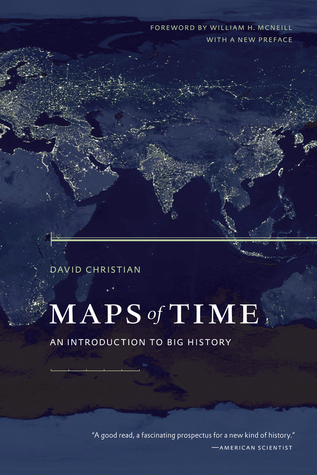What do you think?
Rate this book


642 pages, Paperback
First published January 1, 2004
For a while – particularly in the 1930s, when the capitalist world itself was in crisis, and again in the 1950s – it seemed as if these new, state-managed structures might generate a dynamism to match that of capitalism. What they lacked in entrepreneurial flair they made up for in systematic commitment to high levels of education, in the introduction of modern technologies, and in the massive organizational capacity of powerful and ruthless states using modern technologies of communication. But in time their innovatory sluggishness, the same quality that had slowed innovation throughout the era of agrarian civilizations, ensured that they would fall behind their capitalist rivals in productivity levels, in innovation, and eventually in military capability. The wasteful habits of the construction phase proved hard to shake, and the Soviet command economy never managed to shift from resource-intensive to resource-economizing forms of growth; eventually, it ran out of resources. (p. 456)
Will Eckhardt has roughly calculated that 3.7 million people died in war in the 1,500 years up to 1500 CE. In the sixteenth century, he estimates that 1.6 million died in war; in the seventeenth and eighteenth centuries, 6.1 million and 7.0 million; and in the nineteenth century, 19.4 million. In the twentieth century war deaths reached 109.7 million, or almost three times the sum of all deaths in the preceding 1,900 years. (p. 458)